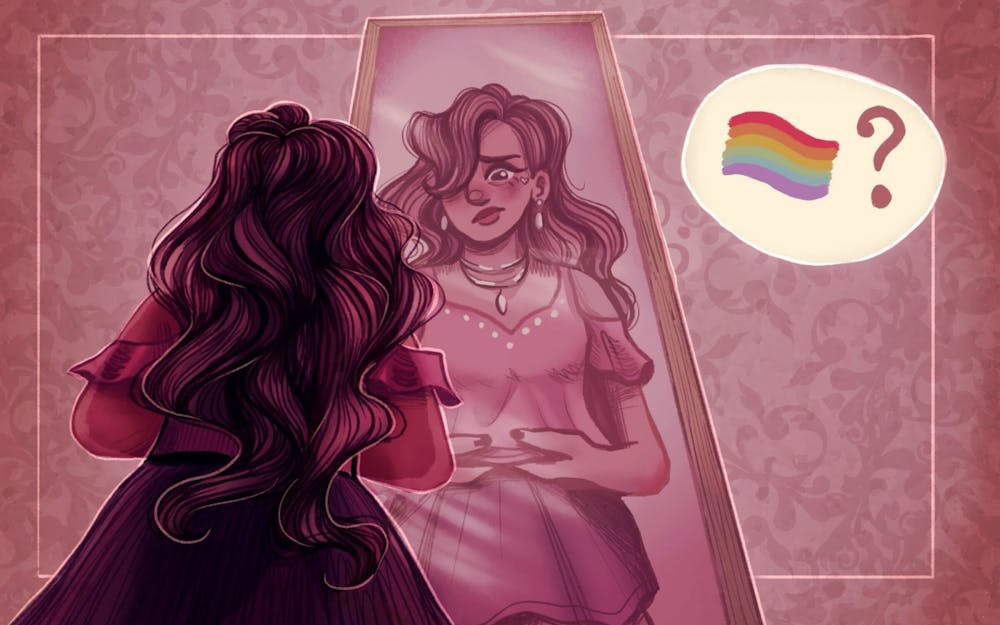I have never felt like I look gay enough.
It doesn’t matter if I chop my hair into a pixie cut or leave it long, how I dress or how I act — I know I’ll never feel queer enough for community acceptance. And I’m not alone in that feeling.
For people in the LGBTQ community, queer expression is about the subtlety of fashion. It’s the difference between dainty rings versus ones with thick stones, or a pair of cuffed jeans as opposed to a straight-leg pant. There’s a form of communication with fashion, a way to tell other LGBTQ individuals that you see each other.
But that doesn’t always equate to personal style and gender presentation.
In an article from Pride, the different stereotypes that comprise lesbian fashion are discussed. However, the piece doesn’t go on to address the harm that forcing these stereotypes onto queer indviduals does to the community as a whole. Instead, it labels them as “classically gay” and ranks them on a point system, showing that you too can be the best form of gay. It’s an article devoid of substance, a BuzzFeed-esque attempt to only shove stereotypes further down our throats.
There’s a stereotype for each sexuality: the hyper-feminine cisgender gay man who struts around like Cam from “Modern Family.” A stereotype that says “yas queen” and totes around a “love is love” bag.
Or the hyper-masculine lesbian that the Pride article depicts. The ones with a side-shaved pixie cut and flannel jacket. It’s not wrong to present this way — you should embrace your queerness and dress how you like — but when you’re queer and don’t look like a stereotype, you’re seen as less valid.
Bottom line: if you’re not a walking pride flag, people both in and out of the community don’t view you as queer.
For me, it was long hair. Growing up I had blonde hair that I let grow out throughout the majority of high school. When I went to college and eventually came out, my hair was something people used to invalidate me. I was told I looked too feminine to be gay.
So I cut my hair. I changed how I dressed. I tried my hardest to validate my identity outwardly — and I felt horrible.
I’ve learned that no matter how much I change my appearance, it won’t change me or how people perceive me.
For lesbians who dress hyper-feminine, you are valid. Wearing pink or having long nails or doing cutesy makeup doesn’t make your identity any less credible. Likewise for queer men dressing hyper-masculine, it doesn’t define your relationship to other men or your sexuality.
And the same goes for those who look more “traditionally” queer.
There is no right or wrong way to be queer. To be part of the LGBTQ community is to be an individual in a sea of intersecting identities — it’s not about all looking the same, because there’s not one way to look queer.
I can cut my hair, change the way I dress or try to act more stereotypically “lesbian” — but it doesn’t change anything. My identity isn’t any more or less valid because of how I present, and it’s not the job of anyone, gay or straight, to judge the queerness of an individual.
Curren Gauss (she/her) is a junior majoring in English with a minor in playwriting. She hopes to someday have a job.






